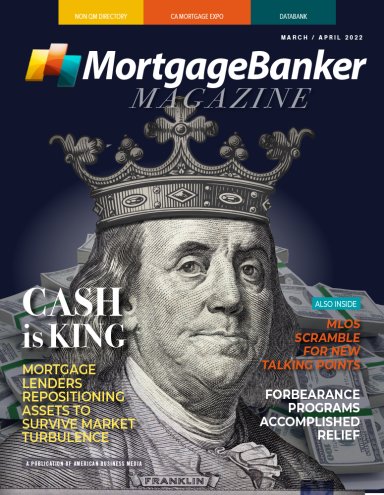Loan officers have the ability to sell a combination of product, price, and service. 2021 wrapped up a great two years of volumes, profits, and incomes, but the focus has turned to 2022 and what the year might hold. The start of the year came with discouraging news for anyone hoping that lower rates would continue. The pent-up demand by consumers for restaurant meals, travel, automobiles, and all types of consumer goods has jumped out of the gate. With it came talk of an expanding economy. And inflation.
The Federal Reserve Bank of the United States (aka, the Fed) has a few missions, one of which is the stability of our economy. When the economy begins to expand too fast, inflation and asset bubbles can get out of hand, threatening this stability. That’s when the Fed will step in and raises interest rates, which helps cool down the economy and keep growth on a more orderly path.
At the end of January and early February, the Fed made it clear that multiple rate increases were in the cards for 2022. Originators should know that when the Fed discusses raising interest rates, it is referring to the federal funds rate, also called the federal funds target rate. Through its actions, it sets a target rather than the actual rate, but its goals are evident. At its regular meetings, the Federal Open Market Committee (FOMC) sets a target range for the federal funds rate, which acts as a reference for the interest rates big depository commercial banks (think Wells Fargo, Chase, US Bank, Bank of America, and so on) charge each other for overnight loans.













